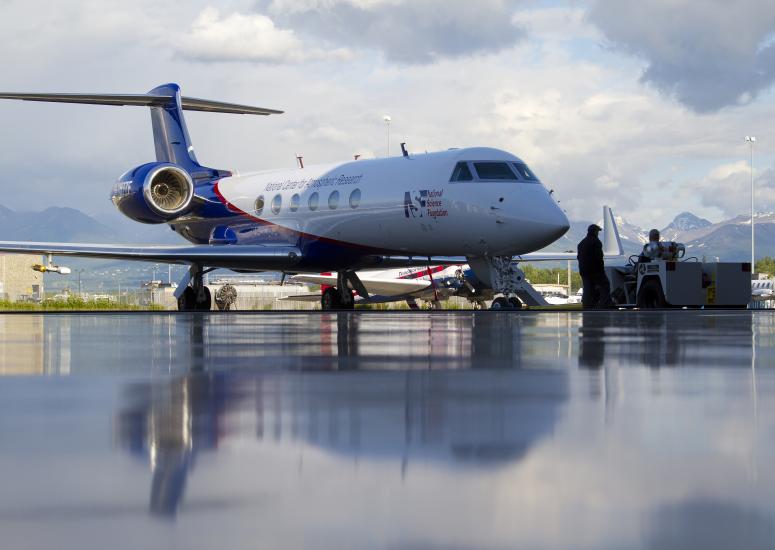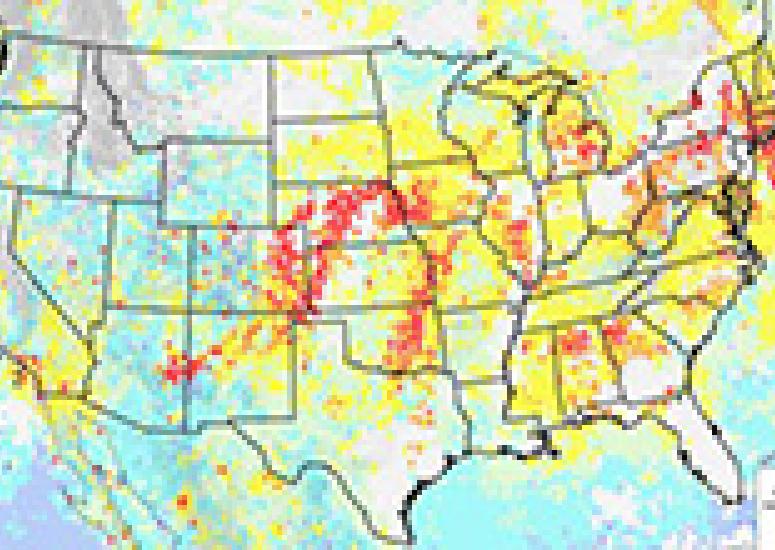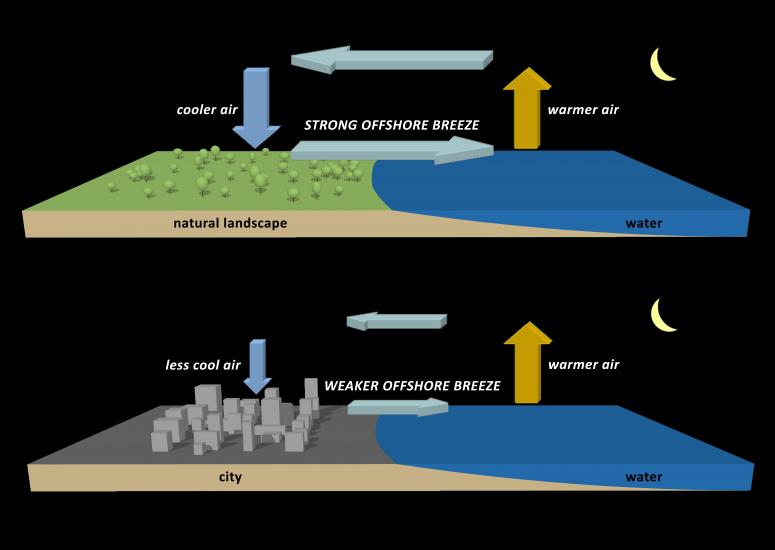-

What's happening with methane?
Atmospheric carbon dioxide has been increasing fairly steadily for decades, but methane has accumulated at a more erratic pace. The increase virtually stalled for much of the last decade before resuming after 2007.
- Climate,
- Air Quality
-
Ozone production and the circadian rhythm of plants
A team that includes NCAR scientists Anne Boynard and Alex Guenther has found that the rate at which plant canopies emit isoprene, a volatile organic compound, is influenced by circadian rhythms.
- Air Quality
-

Detailed global portrait of greenhouse gases emerges from pole-to-pole flights
The HIPPO field project is enabling researchers to generate the first detailed 3-D mapping of the global distribution of gases and particles that affect Earth’s climate.
- Climate,
- Air Quality
-

Tracking pollution from the Wallow wildfire
Hazy skies and fiery sunsets were noted across much of the central United States after the huge Wallow Fire developed in Arizona. But there’s also a quantitative way to track fire’s impact on the surrounding air.
- Air Quality
-

Paved surfaces can foster build-up of polluted air
New research focusing on the Houston area suggests that widespread urban development alters weather patterns in a way that can make it easier for pollutants to accumulate during warm summer weather instead of being blown out to sea.
- Air Quality

